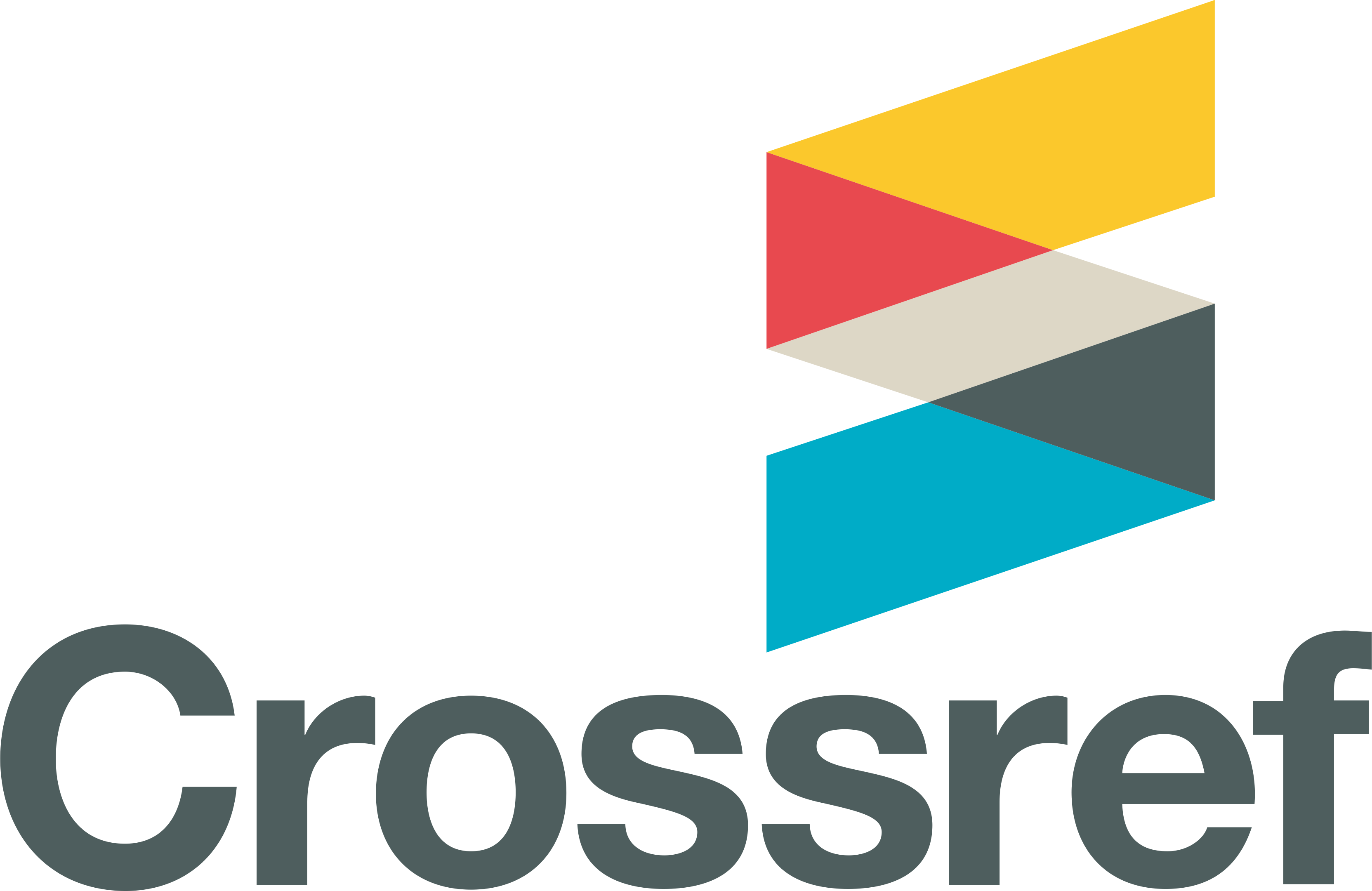Socio-Economic Assessment of the Slipper Lobster (Thenus orientalis, Lund, 1793) fishery in Ragay Gulf
DOI:
https://doi.org/10.54610/jeseg/4.Special_Issue.2022.004Keywords:
fishing gear, ecological implications, catch rateAbstract
Slipper Lobster (Thenus orientalis, Lund, 1793) is gaining popularity and has increasing economic and commercial value as an alternative seafood with higher demand in the global market. This study focuses on human relations to the marine environment by determining how the fisherfolks in Ragay Gulf economically benefit from slipper lobster fisheries. Specifically, it sought to answer the following objectives: a) assess the slipper lobster fishery in terms of the profile of the fisherfolks and gears used for fishing slipper lobster, and b) measure the catch rate of slipper lobster. A descriptive method of research using survey questionnaire was administered to the respondents that were identified by using purposive sampling. Results were interpreted using frequency and percentage. The results reveal that most of the fisherfolks were middle-aged with 20 years of fishing experience, and the majority of them were married with 4-6 dependents. Most of the respondents earned P 50,000-60,000 annually. Four fishing gears are used to catch slipper lobsters: crab pots, bottom-set gill nets (BSGN), baby trawls, and compressor diving. The slipper lobster fishers go fishing at a frequency of 5 trips/week on a year-round basis. The average catch per week was 1.5 kg for both crab pot and BSGN, 2 kg for compressor fishing, and 3 kg for baby trawl. Slipper lobsters fishery in Ragay Gulf is providing economic significance among the fisherfolks of the place. Illegal practice for fishing is also evident with the use of baby trawl and compressor diving as fishing gear to catch the slipper lobster. The number of daily fishing operations can indicate overfishing, which is an alarming concern that must be addressed for the sustainable use of marine resources. Alternative livelihood schemes, fisherfolk education, and active collaboration with the local government unit are recommended to stop illegal fishing activities and for enhanced management and protection of marine environments.
Downloads
Published
How to Cite
Issue
Section
License

This work is licensed under a Creative Commons Attribution-NonCommercial 4.0 International License.








